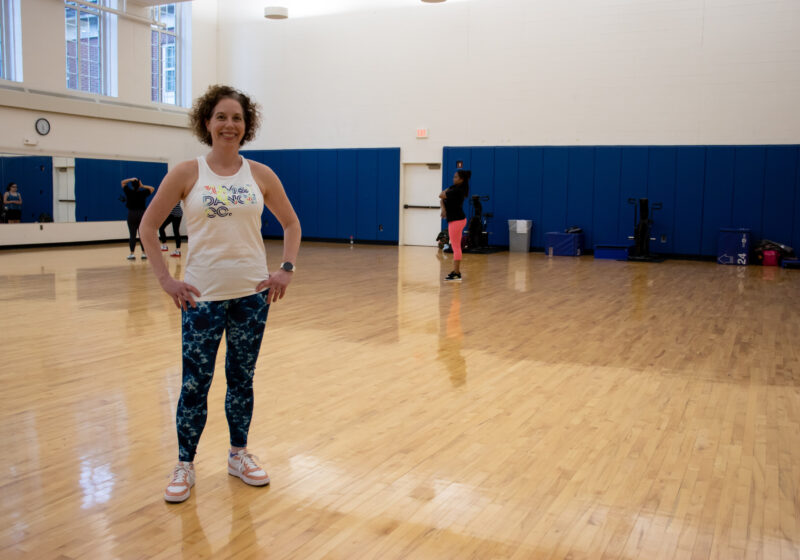In January 2017, newly elected Campus Times Editor-in-Chief Justin Trombly wrote an Editorial Observer detailing some changes he wanted to see happen during his tenure.
He began his piece with, “If you’re reading this in print, you’re in the minority,” and went on to discuss how the Campus Times has by far its biggest audience and biggest impact in its online format.
This is even more true now. And because of this, as we move into the coming academic year, the CT will undergo a bit of a transformation.
Beginning in the fall, our print schedule will be reduced to once a month. This means one regular-length issue five times per semester instead of the weekly issues we have been making for decades. This is the most effective measure we can take to achieve our goal of providing increasingly broader and better coverage of our campus.
Currently, our print circulation is 2,500 issues per week. As most of you have probably seen, a small fraction of those actually get picked up. Issues pile up in news racks all over campus until they get thrown away.
This, on top of just not being a good look for us as a paper, is tremendously wasteful. The money spent and paper used to make all of these copies is all for naught, with the vast majority of our readership choosing our digital edition instead.
One solution we explored was further cuts to our circulation per week, something we’ve done in the past to get to the 2,500-mark we are at now. This unfortunately wouldn’t have solved the money part of the problem, because at 2,500 issues we are just above a pricing threshold with our printing company. To print less would be to spend the same or more.
Printing less issues per week also fails to solve another problem: time scarcity.
To design the physical paper every week, members of our staff must often spend upward of 12 hours each weekend editing and designing pages. At times, this means that on Sundays, our production nights, we won’t pack up and leave until 3 or 4 a.m. or 5 a.m. This high demand on our staff members is something they realize is expected of them coming into the job, but to have so much of the work they do be dedicated toward the largely unread physical paper seems unnecessary.
It became apparent that to dedicate more time to the actual content of the paper and to reduce our waste problems, we would need to reduce our printing schedule.
With the additional time afforded to us by the lack of a physical print deadline to meet every week, we plan to dedicate more of our resources to better reporting, editing, and writer-editor relationships. Special projects (things like “Banned” and “When the Process Fails”) will also benefit from the greater amount of time at our disposal.
The print edition of the Campus Times has been a tradition for 145 years. It’s not a tradition we have an interest in dismantling, but newspapers, just like everything else, have to adapt to the increasingly digital world we live in. The greater accessibility and creative freedom afforded to us by our digital edition can make the CT a better paper than it has ever been, and we believe concentrating more of our time and efforts on the online efforts of the paper is the best way to realize this potential.

